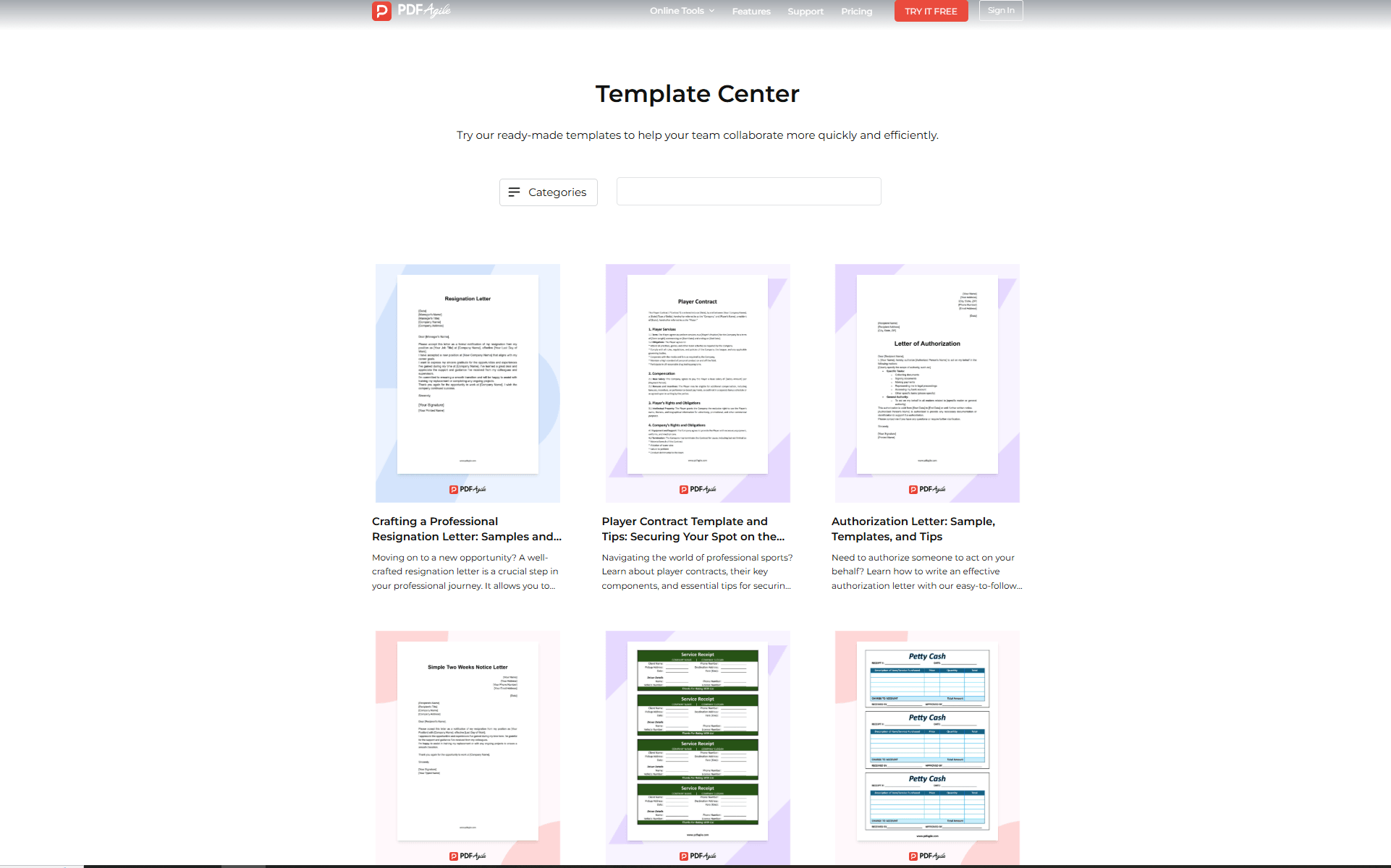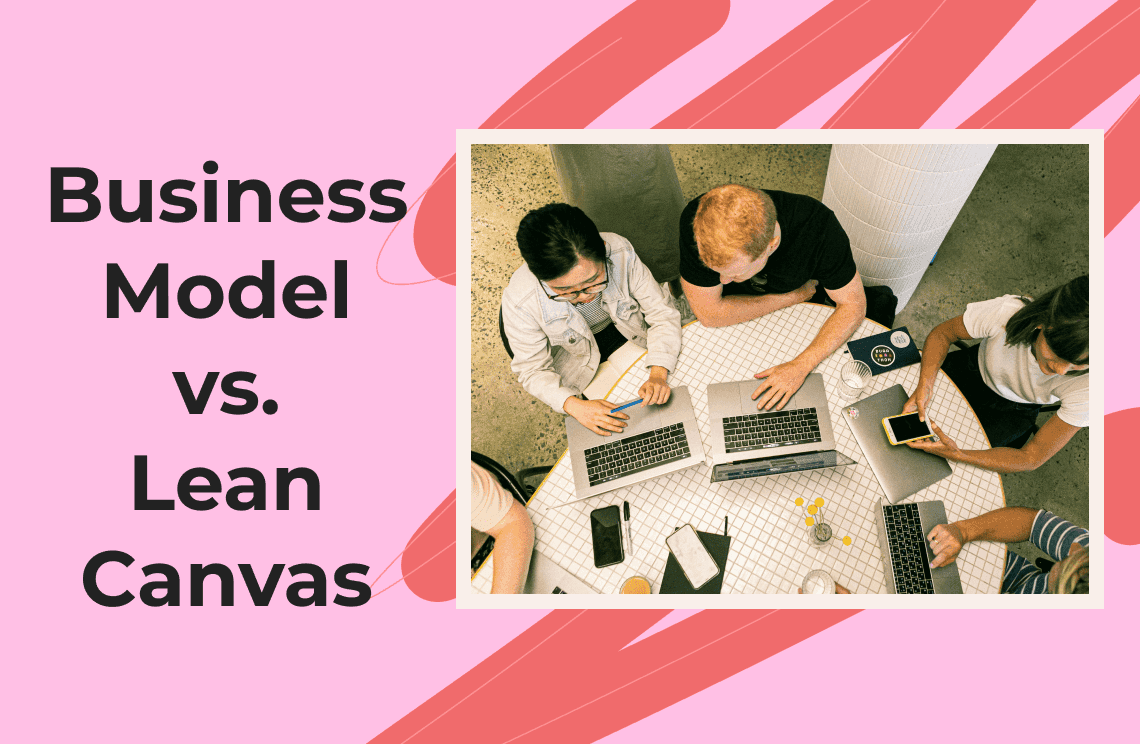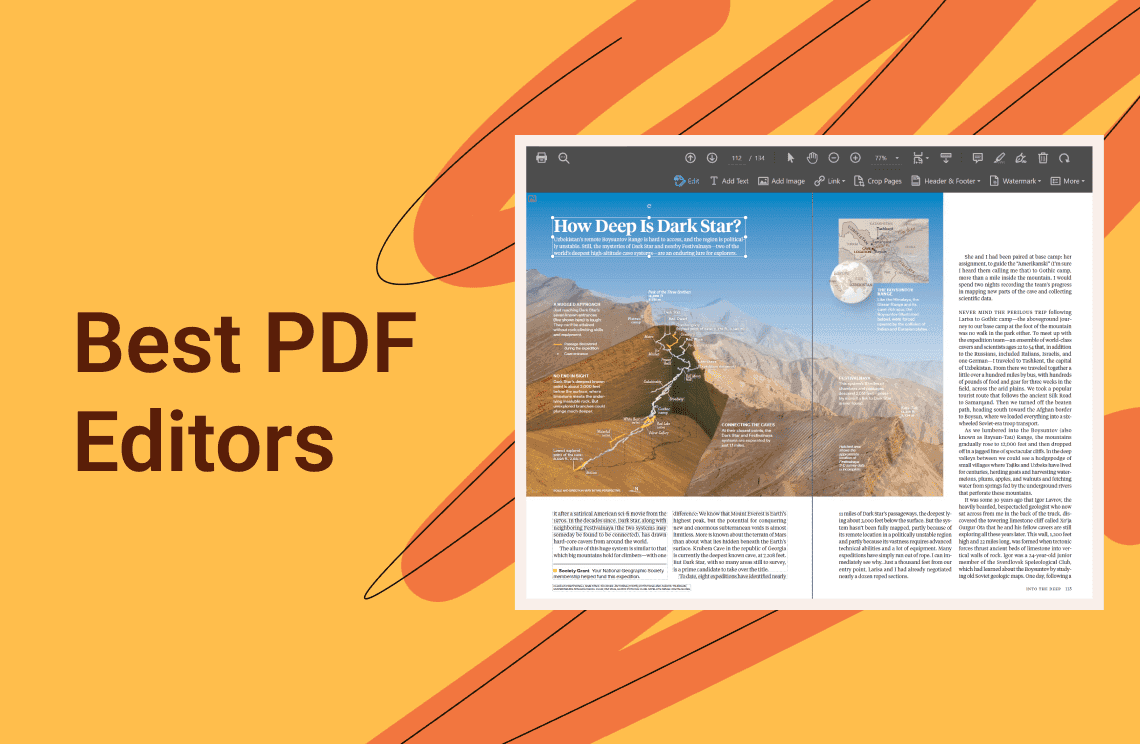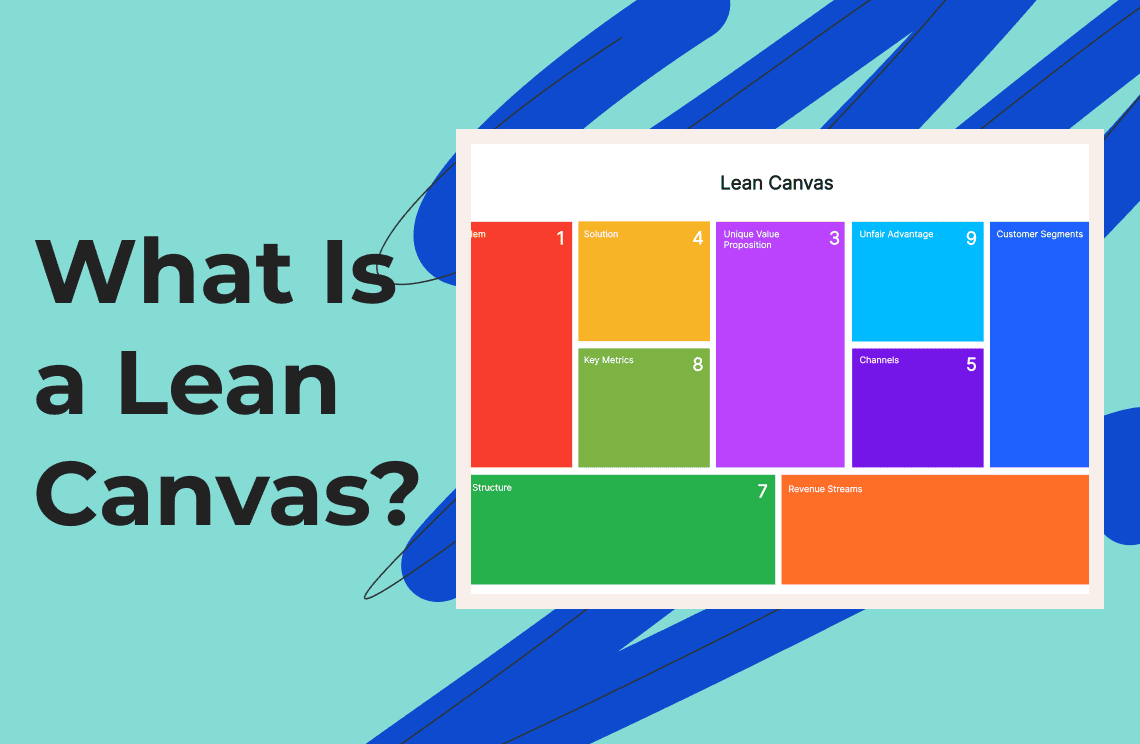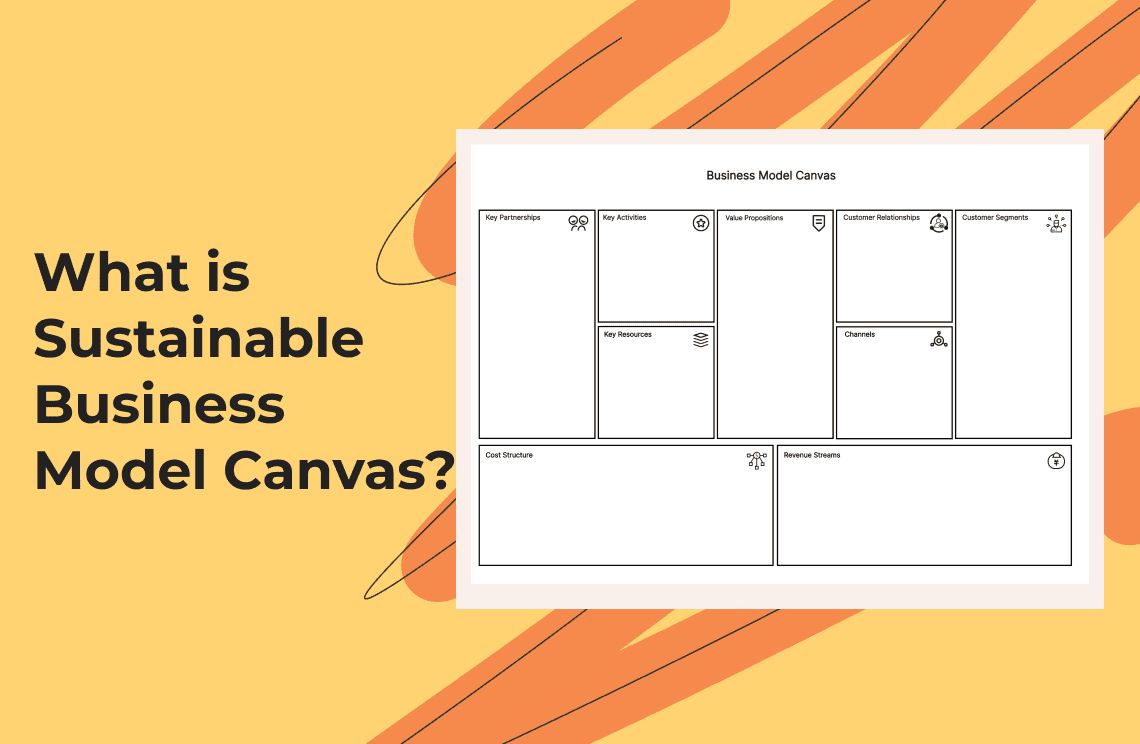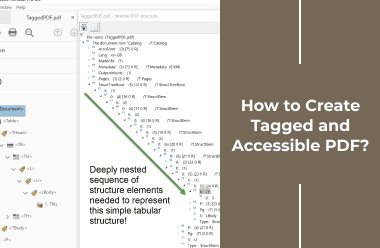Business strategies help an organization in its decision-making processes and provide a clear roadmap for achieving its goals. One vital component of these strategies is the business model. Two popular tools for designing business models are the business model canvas and the lean canvas. These tools describe how the company will create, deliver, and capture value.

Knowing the difference between business model canvas vs lean canvas is necessary so you can use the proper framework for your business. It would also be helpful to understand the pros and cons of each and learn their practical applications.
Understanding Business Model Canvas
This type of canvas serves as a strategic management tool, allowing you to visualize and assess business concepts and ideas. This tool offers a clear, easy-to-understand framework for outlining key components of a business. It’s usually a one-page document with nine boxes representing significant fundamental aspects of a business. This design is essentially different from conventional business models that span across several pages. By condensing complex information into a single page, it helps entrepreneurs and managers make quicker, more informed decisions.
The side of the business model canvas tackles the market or the customer, while the left side focuses on the business. This division makes it easier to understand the relationship between what the business offers and the target audience it serves. You can see the center of your canvas, the value proportions representing the exchange of value between the company and its customers. This highlights the core reason why customers engage with the business in the first place.
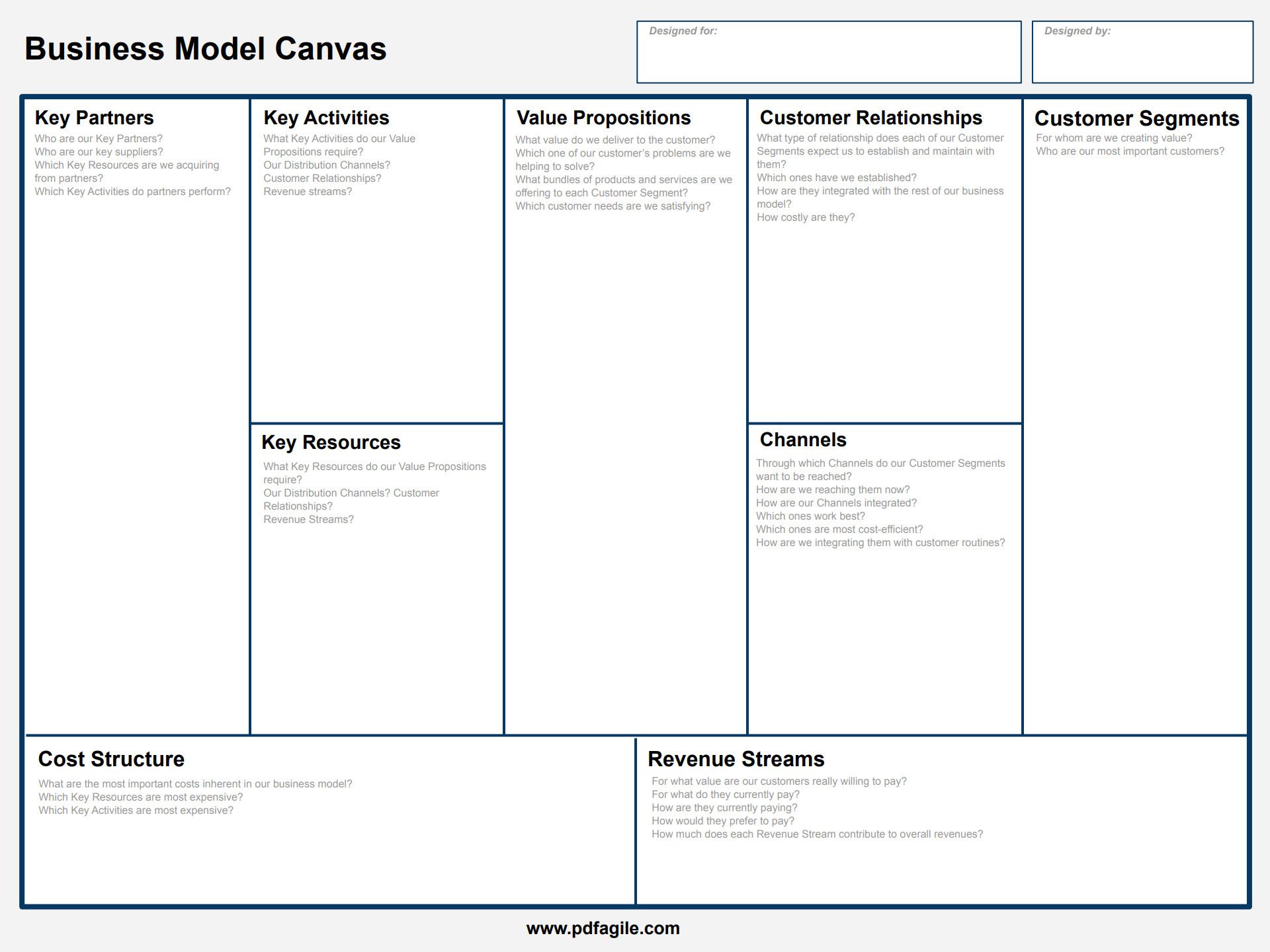
Understanding Lean Canvas
The Lean Canvas is an adaptation of the conventional canvas. It’s an optimized version to consolidate a plan that focuses on maximizing the user value. This framework is considered one of the best structures to use to achieve a successful product iteration.
Furthermore, this business modeling framework helps deconstruct your startup idea into its most significant and risky assumptions. The Lean Canvas is deeply rooted in the lean startup methodology, guiding businesses from ideation to success. Like the business model canvas, the Lean Canvas has nine building blocks. All these blocks must be labeled accordingly to help companies effectively solve core customer concerns.

Comparing Business Model Canvas and Lean Canvas
If you only examine the definitions of this canvas vs lean canvas, it will be challenging to understand their full potential. The comparison table below gives you a preview of what you can expect from both models. Furthermore, it can be an excellent starting point for learning about them, allowing you to choose between the two efficiently when creating your business plan.
| Comparison Point | Business Model Canvas | Lean Canvas |
Purpose | To map out and innovate business models for established organizations and businesses | To validate and iterate startup company ideas easily |
Components | Customer Segments Value Propositions Customer Relationships Channels Revenue Streams Key Activities Key Resources Cost Structure Key Partnerships | Problem Solution Key Metrics Unique Value Proposition Unfair Advantage Customer Segments Channels Revenue Streams Cost Structure |
Focus | Execution and strategic planning | Agility and emphasizing significant issues startups usually face |
Ideal Use Cases |
|
|
Strengths |
|
|
Weaknesses |
|
|
Choosing the Right Canvas for Your Business

Scenarios for Using Business Model Canvas
The following are some situations where this canvas will be helpful.
- Adjusting or pivoting business strategies. When your company has been operating for quite a while, market conditions and customer needs have changed. This canvas helps you quickly make changes on any of the nine building blocks. As a result, you can quickly visualize and test several business initiatives.
- Licensing or franchising a business. Suppose you want to expand your business through licensing or franchising. In that case, the business model canvas lets you quickly clarify which business components need to be standardized to guarantee success when replicated.
- Identifying and managing possible risks. Using a business model canvas will help you assess potential risks in areas like partners, key resources, revenue streams, and cost structure. As you inspect each component, your team can identify the aspects where the business seems vulnerable. This allows you to diversify or protect the business against risks.
Scenarios for Using Lean Canvas
You can adopt the concept of a lean canvas when you experience the following scenarios.
- Opening a startup. In most cases, you’ll need a straightforward and structured way of mapping out your business model, and the lean canvas will be an excellent fit. This model is initially developed for startups to identify and address risks and assumptions.
- Investor or stakeholder pitching. If you need to pitch your business idea to investors but are still in the early phases and have yet to work out all the details, the lean canvas is an easy-to-understand tool. It will highlight the most significant and crucial aspects of the business model, like the key metrics, customer segments, and unfair advantage. These are mostly what investors care about.
- Exploring new market segments. As the company grows, you’re now considering accessing new markets and demographics. You can use the lean canvas to test and validate your chosen new customer segments. Moreover, the canvas lets you reflect on new hypotheses and assumptions.
FAQs
Q: Can the business model canvas be used for different business types?
Yes. The business model canvas is a flexible strategic tool that can be used by startups, non-profit organizations, and established companies. Through this, you can quickly analyze, describe, and optimize your business model.
Q: Is it possible to use the business model canvas and lean canvas together?
Yes. Most startups use the lean canvas during the early stages of their business to test assumptions and refine business ideas. As they grow, they can transition to using this canvas. The transition usually happens when the products are validated, and the business is planning to scale its company structure.
Q: Can large-scale companies use the lean canvas?
Yes. This canvas is designed for startups. However, established companies can use the lean canvas for new product developments, market testing, or innovation. Remember, though, that the business model canvas will be more helpful for large businesses looking to scale or optimize operations.
Q: Is it possible to use Lean Canvas for customer feedback?
Yes. The lean canvas can facilitate customer feedback by focusing on customer segments, issues, and solutions. It encourages businesses to regularly test assumptions about problems and solutions with actual consumers to validate the approach and pivot if necessary.
Q: Which canvas is better when planning long-term business goals?
This canvas is the ideal option for long-term strategic planning. It covers a broader range of business elements, such as key resources, partnerships, and customer relationships. It is an excellent tool for companies looking to optimize and refine long-term goals and strategies.
Final Thoughts
Both the business model canvas and lean canvas provide valuable insights into business processes. They let you visualize the business model, determine possible weaknesses, and develop strategies for improvement. It’s best to explore both frameworks and use the one that best suits your business needs.
Additionally, if you're looking for some free and beautiful templates, check out our PDF Agile Template Centers and PDF Agile Strategy & Planning Templates.
